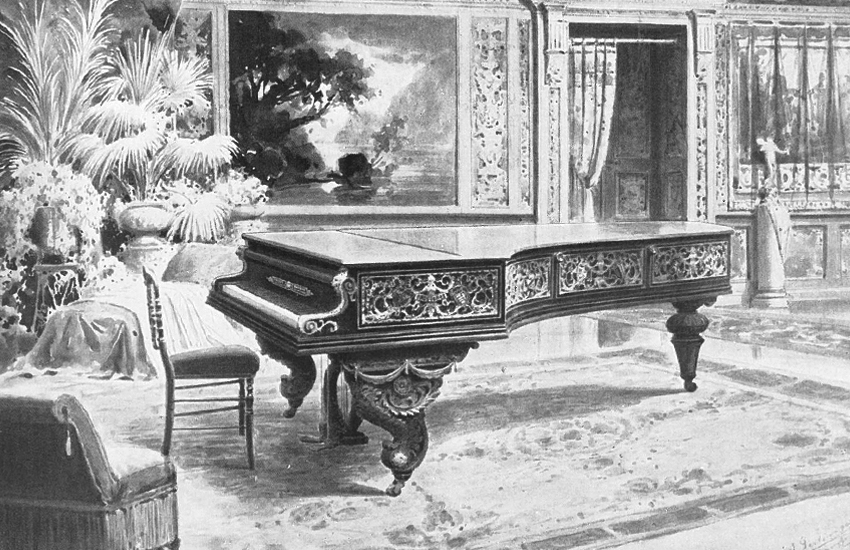
19th century
The heyday of the piano
The growing interest of the bourgeoisie in concerts created an enormous demand for concert halls in Vienna in the mid-19th century. This market niche was recognised by piano makers in particular, so that the piano – as a central instrument of the musical scene – experienced a heyday and countless piano manufacturers were established in Vienna. Some manufacturers stood out from the rest with their excellent quality, including the successful Imperial and Royal Warrant of Appointment, piano manufacturer Friedrich Ehrbar.
1876
The foundation stone
The construction of the Ehrbar Saal was commissioned from architect Julius Schrittwieser by Friedrich Ehrbar in 1876. He laid the foundation stone on 28 August 1876 at Mühlgasse 28 in Vienna's 4th district. An acoustically perfect concert hall for around 400 people was built in the style of the Italian High Renaissance with a Roman influence.
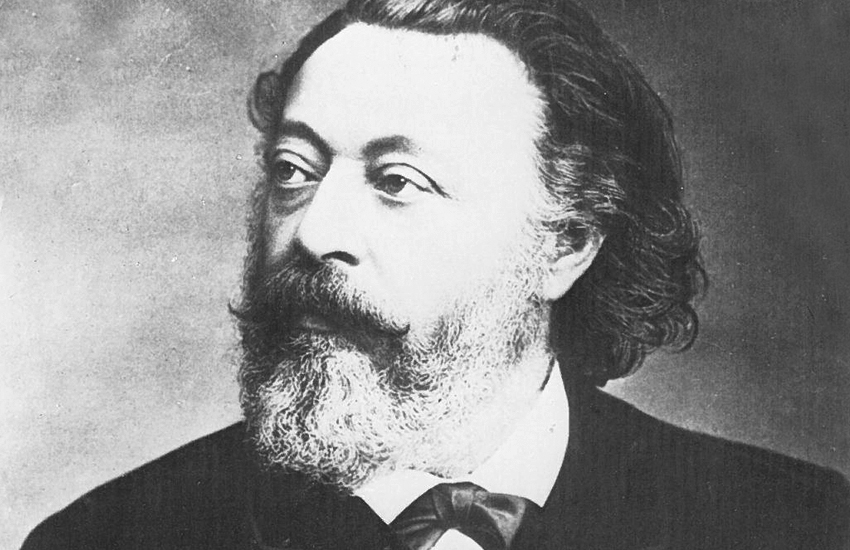
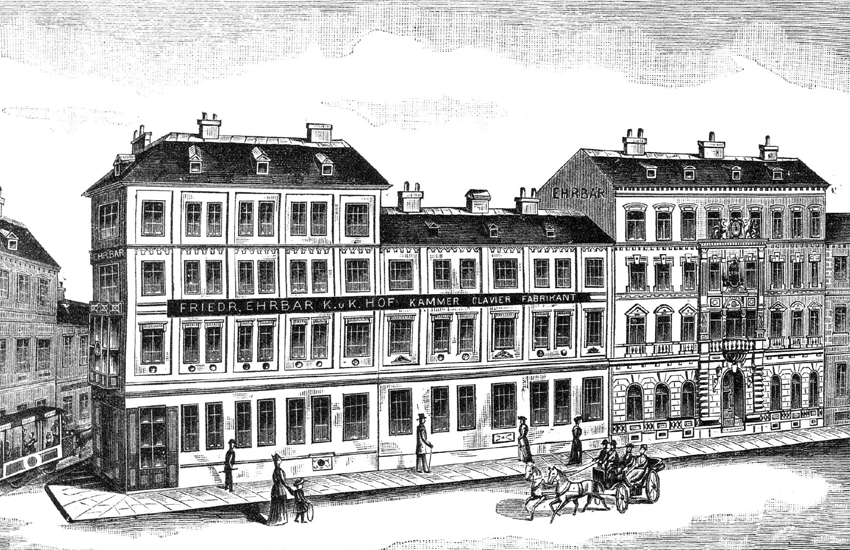
29 December 1877
The first applause
" [...] An artistically minded and elegant audience filled the beautiful hall, whose tasteful and noble décor was met with nothing but admiration...The audience never tired of applauding throughout the concert, and if the beginning is to become a foreshadowing for the future, then a brilliant success must always remain a fixture in this hall." (Die Presse, 30 December 1877)
Until 1911
The first successes
Friedrich Ehrbar had created a space for art, a space in which artists came together, enriched each other's creativity and passed on their work to the Viennese public in the form of concerts. First and foremost Johannes Brahms, Pietro Mascagni, Anton Bruckner, Gustav Mahler, Béla Bartók, Max Reger, Arnold Schönberg and many more.

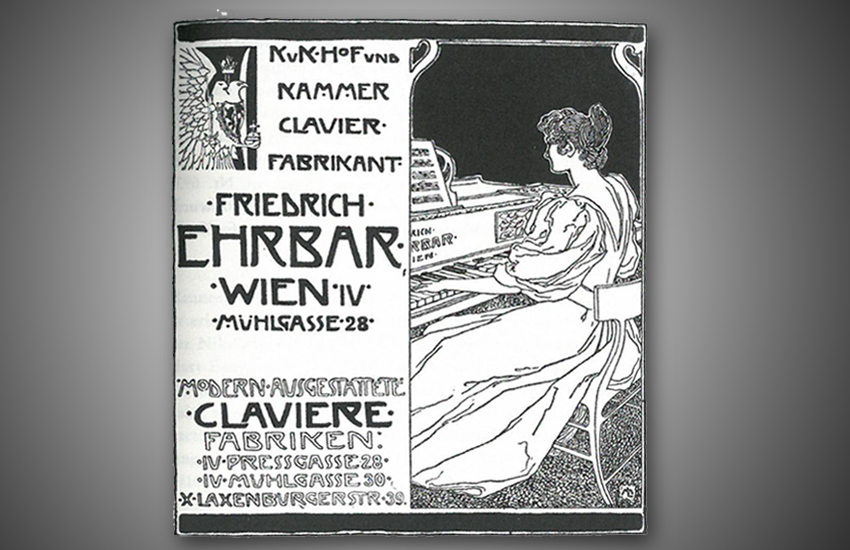
1919
Return & Sale
The world wars did not spare the Ehrbar Saal. It was misappropriated, serving as a military hospital, storage room, animal stable, furniture warehouse and art auction house. When times became politically calmer, attempts were made to quickly resume concert operations.
The entire building was sold in 1919. Marcel Rubin attempted to establish a concert series of contemporary music in the interwar period. Unfortunately, the estate and archives of the Ehrbar Saal are considered lost, which is why it is not possible to trace the complete history and artistic output of the building.
1946
The reopening
After the Second World War, the music rooms and halls were restored to their original form, the protective coverings were removed and the historically valuable stucco gilding was uncovered. The ceremonial reopening of the Ehrbar Hall followed in 1946, with a festive concert by the Vienna Philharmonic Orchestra under Rudolf Moralt.
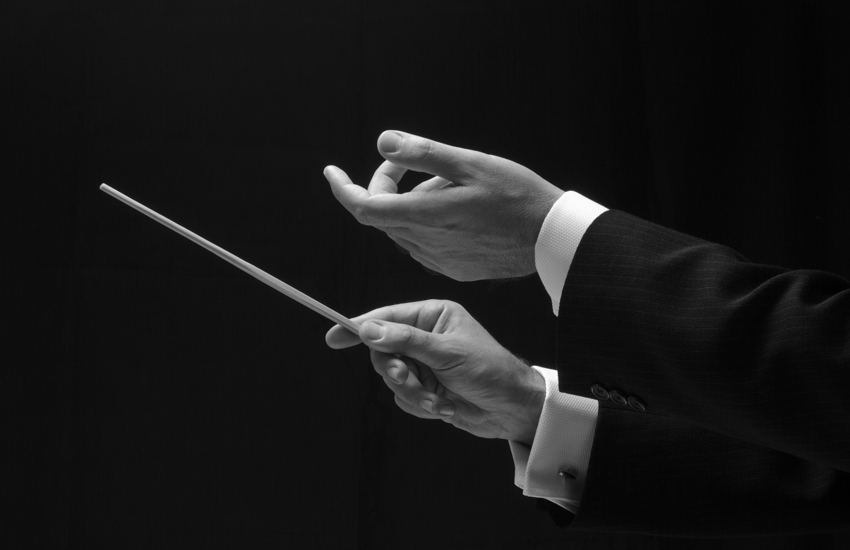
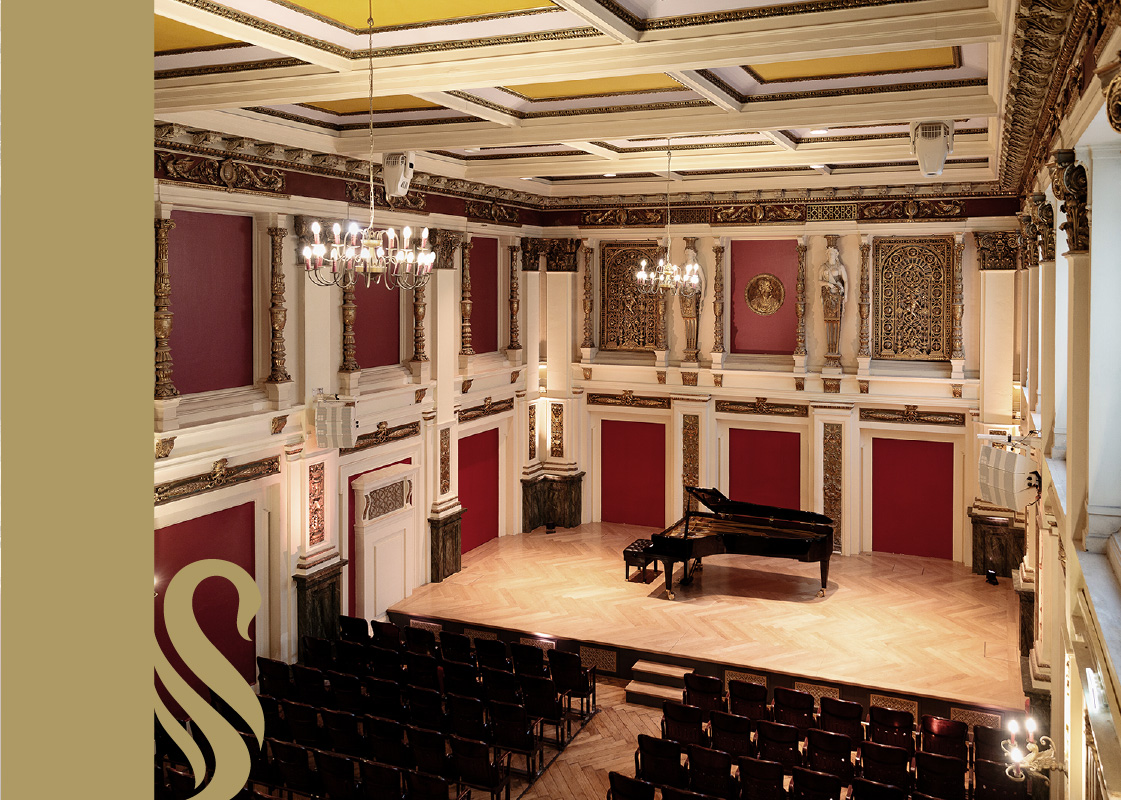
2000
Conservatory & Concert Hall
Since their reopening, the Ehrbar Saal and the Kleine Ehrbar Saal have been used almost exclusively for the operation of a conservatory. In 2000, the halls were increasingly used for public concerts again, to the delight of the Viennese concert-going public, thanks in part to the Stadtinitiative Wien and other organisers.
2021
The Ehrbar Hall & the C. Bechstein piano manufactory
In May 2021, the piano manufacturer took over C. Bechstein moved into the Ehrbar Saal and all the associated rooms. The largest renovation of the building in 140 years began under the strictest monument protection regulations and under the direction of the architect Dipl. Ing. Reinhardt Gallister. Now the Ehrbar Saal is to be re-established as an important concert hall on the Viennese cultural scene and filled with a lively concert programme.
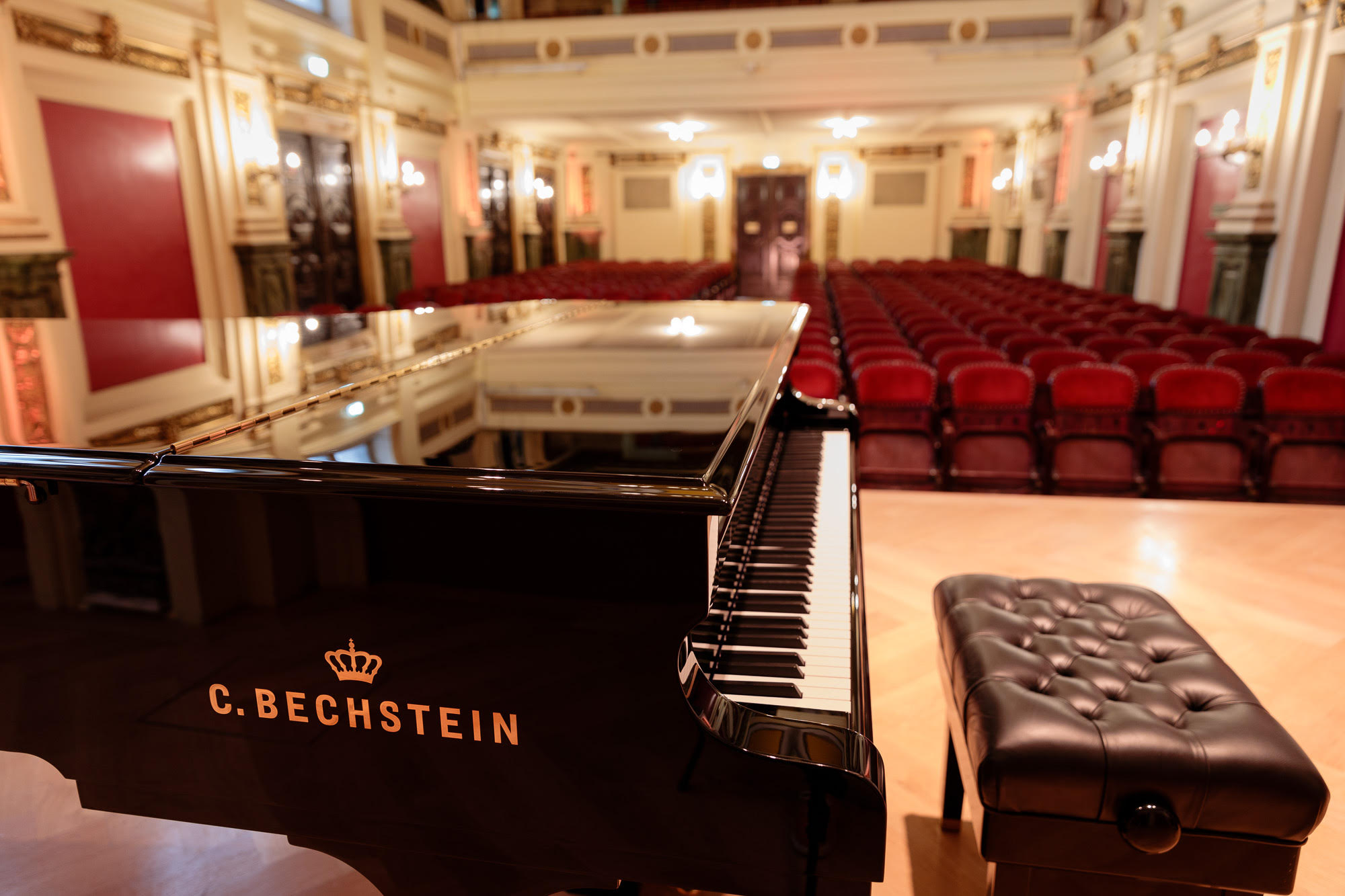
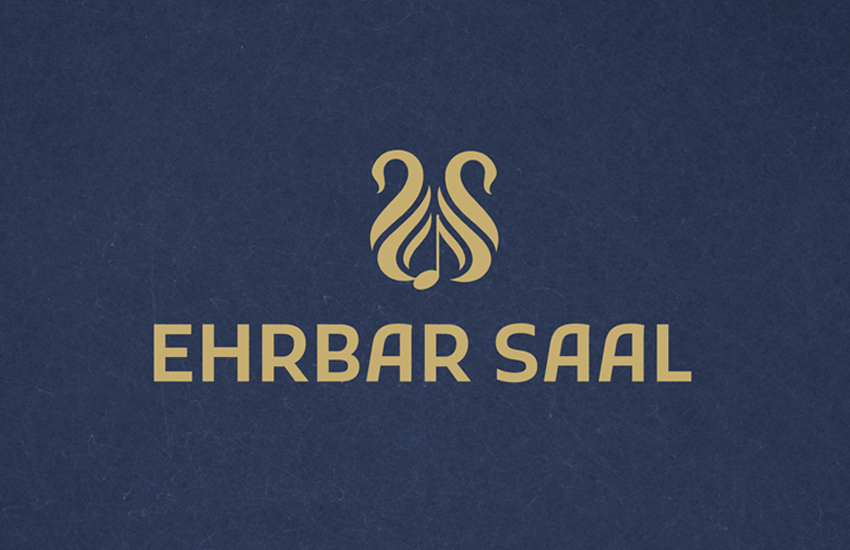
2022
New corporate identity
The new corporate design was inspired by a special design commissioned by Friedrich Ehrbar: Thirteen pairs of golden swans, each protecting a note, frame the Ehrbar Saal. This was intended to symbolise a protected space for music.

C. Bechstein piano manufactory:
History and tradition
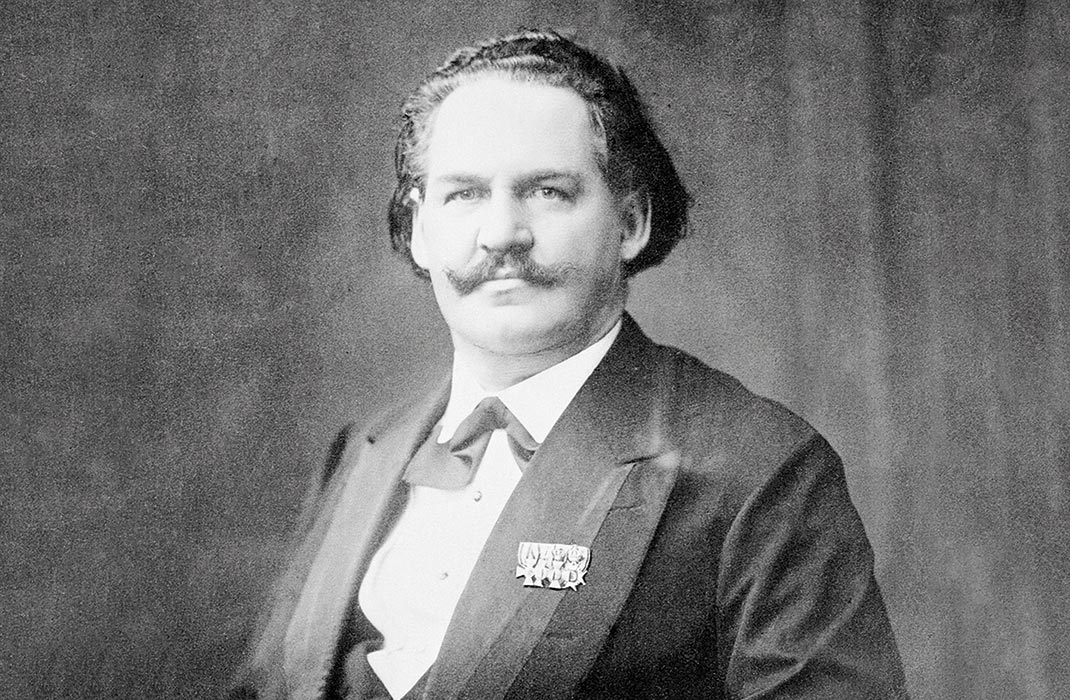
Friedrich Wilhelm Carl Bechstein
Berlin 1853: A 27-year-old instrument maker named Friedrich Wilhelm Carl Bechstein from Gotha, nephew of the Thuringian writer, fairy tale collector and legend researcher Ludwig Bechstein, decides to turn the fairy tale of his life into reality. Or should we say: the vision? He founds his own workshop.